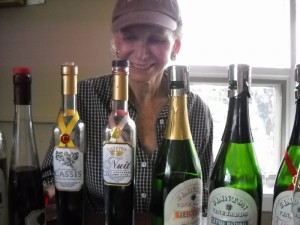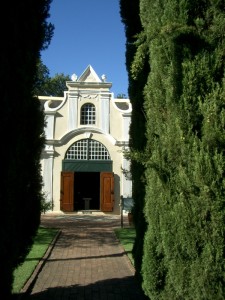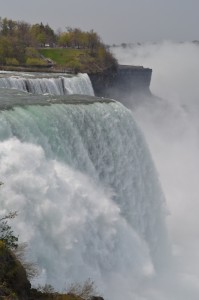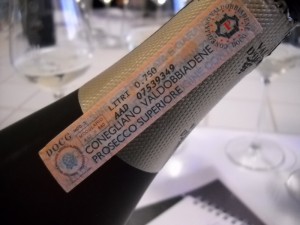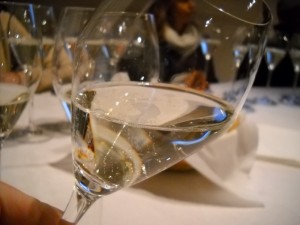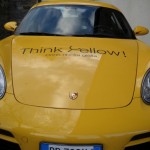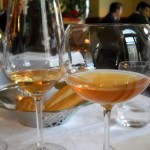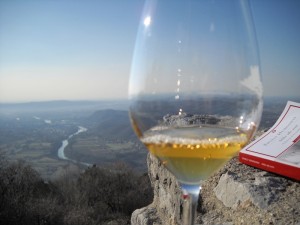A relative hop, skip and a jump from New York City, the Hudson Valley wine region is much closer to Manhattan, but much less well known than its northerly neighbor, the Finger Lakes. Yet, this region actually boasts a longer history, with America’s oldest winery—Brotherhood Winery, which was established in 1839—located within its borders. Corresponding with the Hudson River Valley National Heritage Area map, this large region can be divided into three areas – Lower Hudson Valley, Mid-Hudson Valley and Upper Hudson Valley. Possessing neither the lake influence of the Finger Lakes, nor the maritime climate of Long Island, the Hudson Valley is cooler and thus, more conducive to cold-hardy European varieties and French-American hybrids, both of which are planted there. Despite its age, the Hudson River Region AVA has seen much of its growth in the past decade, with many of its wineries only a few years old. Accordingly, the region has a few well established wineries, but most are still getting their bearings.
A Modern-Day Veuve
The widowed, Mrs. Cliquot (aka Veuve Cliquot) took over the family Champagne house upon the death of her husband. Similarly, in 2009, Phyllis Rich Feder said goodbye to her husband, Ben, but not to the winery he had spent his life building. Today, she diligently keeps his vision alive, continuing to craft high quality, Traditional Method sparkling wines, along with several dessert wines, including an award-winning cassis. The Bronx-born Ben bought the property in 1969, but didn’t plant grapes until 1974, a decision further reinforced by New York’s Farm Winery Act in 1976. After studying in France at Bollinger in 1980, Ben learned to produce wines using the same techniques as those used in Champagne, but chose to focus on French hybrid, Seyval Blanc rather than the usual suspects (Chardonnay, Pinot Noir and Pinot Meunier). Phyllis remains dedicated not only to Clinton Vineyards, but also to the New York State wine industry, serving on board of the New York Grape and Wine Foundation.
Driven to Succeed
As an undergraduate at Fordham University, Matthew Spaccarelli used to shuttle students between the Manhattan and Bronx campuses, but an early September day found him driving a group of journalists to the Hudson Valley. While you might think that he is a professional cabbie, Matthew is actually the winemaker and general manager for Benmarl Winery. Having purchased Benmarl in 2006, the Spaccarelli family is new to the world of wine, but is no stranger to the region. When Matthew was a child, his family lived locally on an acre and a half of land that abutted a state park. He and his brother would depart early in the day with a sleeve of chocolate chip cookies, not to return again until dinner. These childhood treks instilled a love of the land in Matthew, which is evident as he talks about the new vineyards that are planned. Although he studied Political Science, he has spent several harvests in Mendoza, Argentina as a cellar rat, relegated to managing pump-overs as much due to his inexperience as due to his broken Spanish. However, his limited knowledge is clearly not an obstacle as a barrel tasting of wines from the 2010 vintage shows.
Defying Gravity
Steve Osborn prides himself on his winery’s sustainable practices. Active with Cornell’s sustainability study, the winery seeks to minimize its environmental impact and, to that end, Scott has installed a solar photovoltaic array on the winery’s roof. In addition, the winery was designed to take advantage of natural cooling, having been constructed in a hillside. Utilizing gravity flow production, Stoutridge’s winemaking practices are non-interventionist with none of the wines ever filtered or fined. Accordingly, all wines are only available at the winery due to this lack of processing and more fragile state of the wines. In 2009, Stoutridge added a distillery, thereby expanding its range of products.
Bee Mine
Beekeeper Ray Tousey fell in love with Clinton Vineyard’s Cassis and went about creating his own version with the addition of honey to balance out the tartness of the black currants. After branching out into other wines, he realized that he didn’t enjoy winemaking nearly as much as beekeeping. So, a quick call to his daughter and son-in-law, Kimberly and Ben Peacock, brought the pair home from England and to the helm of the family operation. Today, Ray and his partners can turn their attention to bees and other projects as Ben serves as manager of the winery.
Beyond wine, the area is also home to farmstead cheese producers and several distilleries including Harvest Spirits, producer of CORE Vodka and other apple-based spirits, and bourbon-producer, Tuthilltown Spirits Distillery.
TASTING NOTES
Benmarl Winery, Slate Hill White NV, Hudson Valley (NY), USA, $18.00
The Slate Hill (a translation of Benmarl) White is a blend of Chardonnay, Riesling and Traminette. With high acidty, this dry wine has floral, citrus and bitter almond notes.
Clinton Vineyards, Jubliee NV, Hudson Valley (NY), USA, $30.00
Produced entirely from Seyval Blanc, this fully sparkling wine is made using the Traditional Method and is topped off with minimal dosage, resulting in a relatively dry wine. The nose is a mix of yeast and brioche, while the palate also includes apple peel and citrus.
Hudson-Chatham Winery, Chelois 2008, Hudson Valley (NY), USA, $22.00
Chelois is a French hybrid developed during the phylloxera epidemic as a replacement for Pinot Noir. Fortunately, Pinot Noir didn’t disappear, but equally fortunate is the development of this grape variety. Earthy and leafy with red fruit, this wine is vaguely reminiscent of Pinot Noir, but with a slightly foxy note.
Stoutridge, Gravitas 2008, Hudson Valley (NY), USA, $24.00
This wine is a blend of locally-grown, red grapes—Frontenc, de Chaunac and Cabernet Franc—which come together to create a dry wine with aromas and flavors of wet leaves, herbal characteristics and red berries.
Tousey Winery, Cabernet Franc 2010, Hudson Valley (NY), USA, $22.00
The grapes for this wine are purchased from Oak Summit Vineyards, which limits its own wine production to Chardonnay and Pinot Noir. The wine showed spice and plum aromas, which were joined by wet earth and mushroom on the palate.
Whitecliff Vineyard, Awosting White NV, Hudson Valley (NY), USA, $13.00
Among the more veteran members of the region, husband and wife team, Michael Migliore and Yancey Stanforth-Migliore, founded Whitecliff Vineyards twelve years ago. Referred to as a Hudson Heritage White, their Awosting White is a blend of Seyval Blanc and Vignoles and will be the first hybrid wine served at The Gramercy Tavern. Aromas of floral and grapefruit greet the nose, while the palate is slightly off-dry, but with vibrant acidity and beautiful balance.

